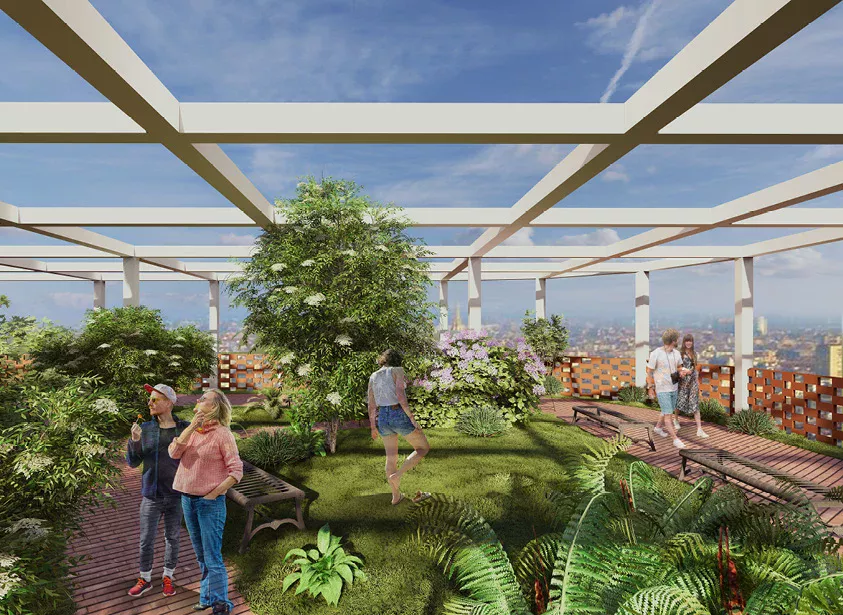How can design unfold present complexities?

What is the role of designers towards today’s challenges? We discussed about it during the Milan Design Week!
What is the role of design and designer towards the challenges and complexities we are facing nowadays? Here is what we learnt from Allison Rowe, Silvio Lorusso, Georgina Voss, and Matt Webb, our special guests at the Unfolding Complexities roundtable held during the Milan Design Week 2024.
Instead of merely embracing complexity, designers should consider immersing themselves in it, akin to swimming through a network. The Tokyo slime mold experiment, where the seemingly simple organism exhibited remarkable efficiency in mimicking complex urban planning laid the groundwork for understanding decentralized systems, where efficiency arises not from centralization but from distributed intelligence. Moreover, collective intelligence can be explored using bees as an analogy, highlighting their decentralized decision-making process. Bees, with their complex communication and adaptive behaviors, exemplify the power of distributed intelligence in action.
AI is not a magical technology: it is a tool, albeit a powerful and rapidly evolving one. By demystifying AI through hands-on projects like a clock that generates poems, its limitations and quirks become apparent. Looking ahead, the future of AI is envisioned not only as exponentially improving in capability but also becoming more ubiquitous and embedded in our environment. As AI continues to evolve, it offers not just solutions but new ways of understanding and interacting with the world around us by putting us in front of new complexities and challenges. Designers and artist right now have the opportunity to shape what the technology of the future will bring us, by embracing the weird, being playful and getting their hands dirty.
Complexity talk has become a cultural practice in design, despite its lack of clear definition or usefulness. The proliferation of complexity discourse is attributed to professional identity struggles and the desire for control in an uncertain world. However, complexity serves as a reassuring category for professionals, masking the underlying chaos that resists control. Instead of surrendering to chaos, designers should advocate for praxis, emphasizing the importance of situational understanding and acknowledging their place within the complexity they seek to navigate.
If we take into account the complexity of an airport under an engineer point of view, we will say that it is a nonplace since people just pass through it to get to other places.
Contrary to this interpretation of airports complexities, they must be considered places because they exert power through their complexities. They exert power in terms of who is allowed to fly, of who is surveilled. Depending on which body you inhabit, and you are travelling with, you know you will be seen as a threat walking through an airport. The nonplace-interpretation of this complexity (and of many others) is only valid for those intended to live in it, but surely not for others. This is what designers must keep in mind.
Design for Complexity: Plural Perspectives on Systems Ambiguity
Revive with us the roundtable we hosted, on the occasion of Milan Design Week 2024, to discuss about the role of designers and design itself toward nowadays complexities. With the participation of Allison Rowe, strategic design leader; Silvio Lorusso, artist, designer and educator; Georgina Voss, artist and educator; Matt Webb, designer and founder of Acts not facts.
Enjoy the video!






